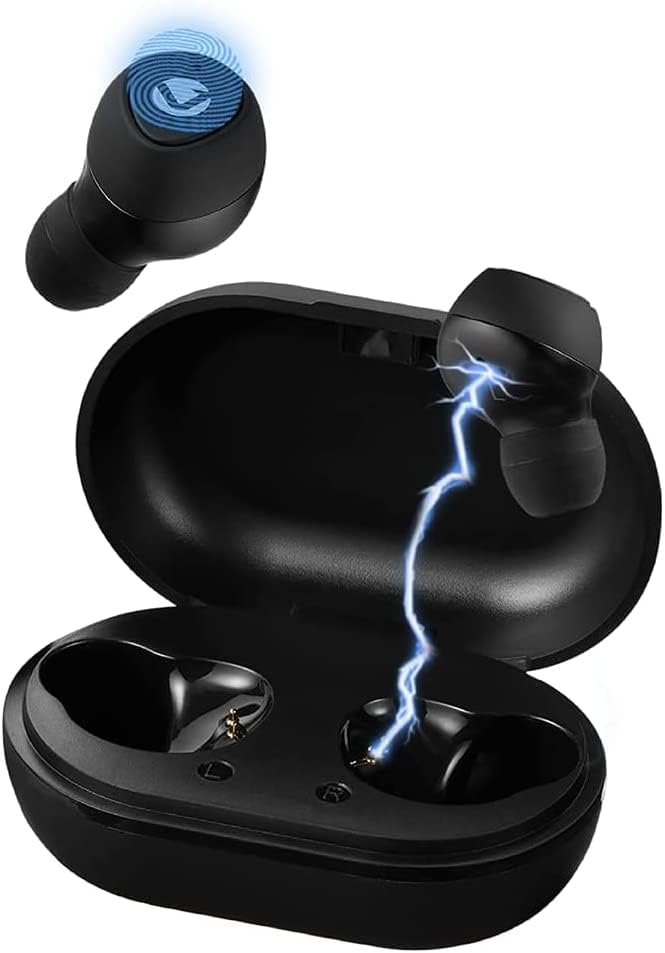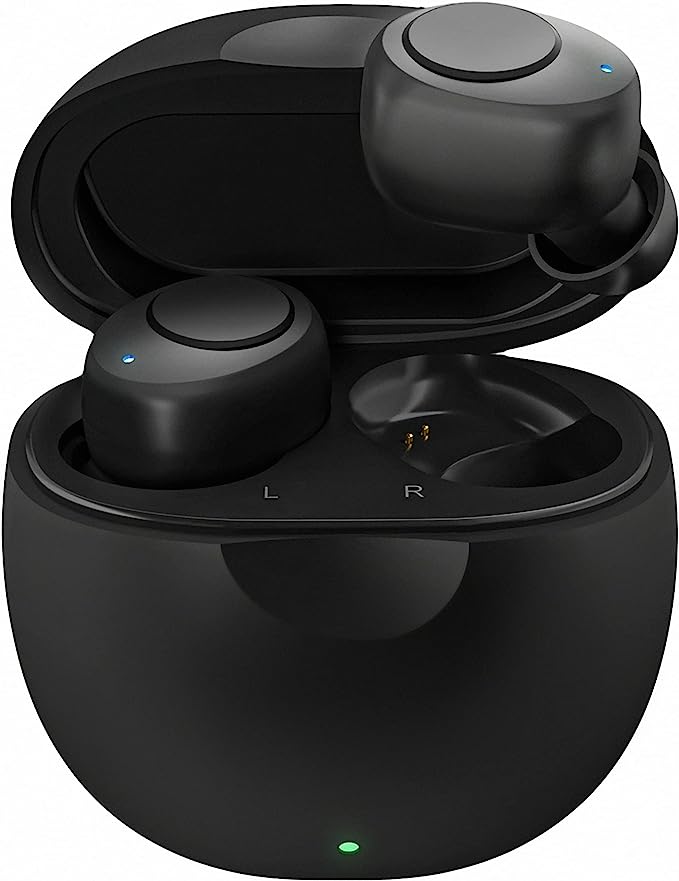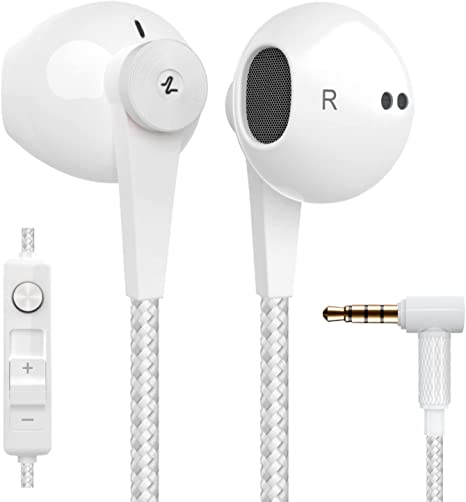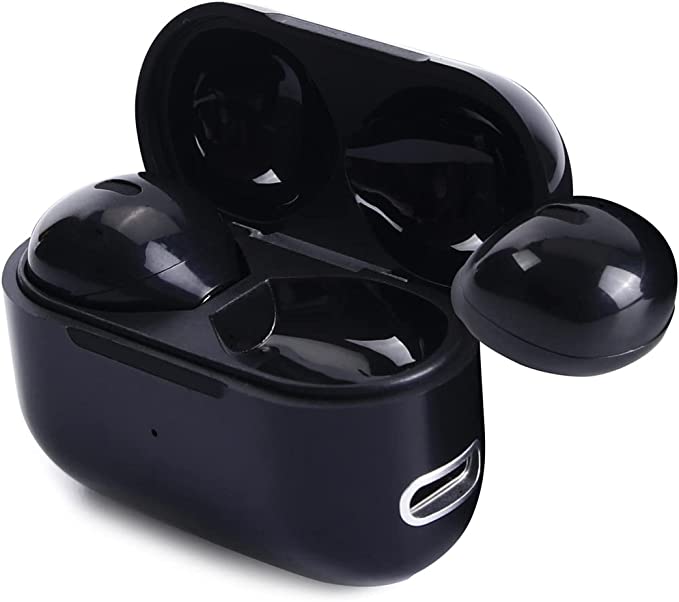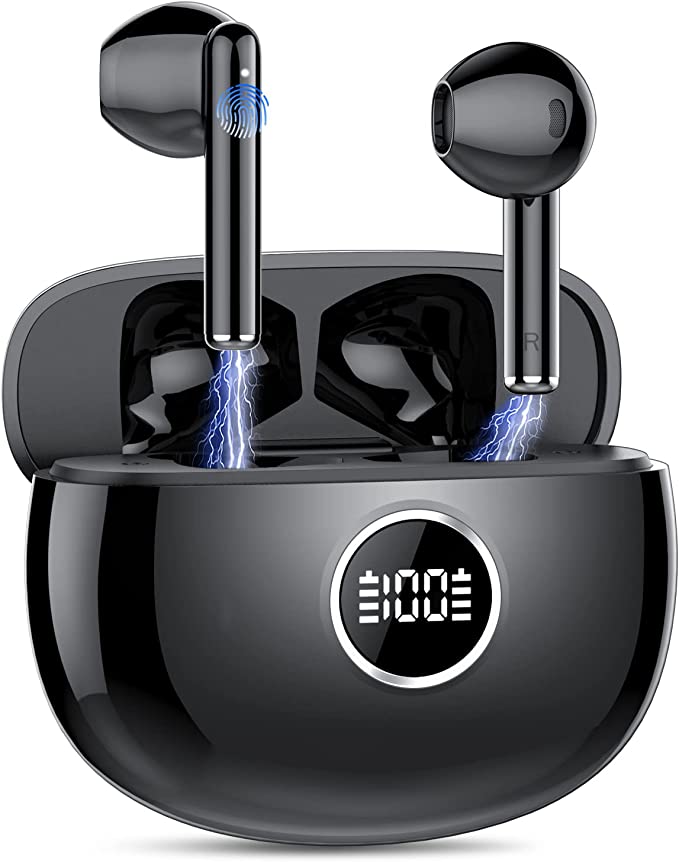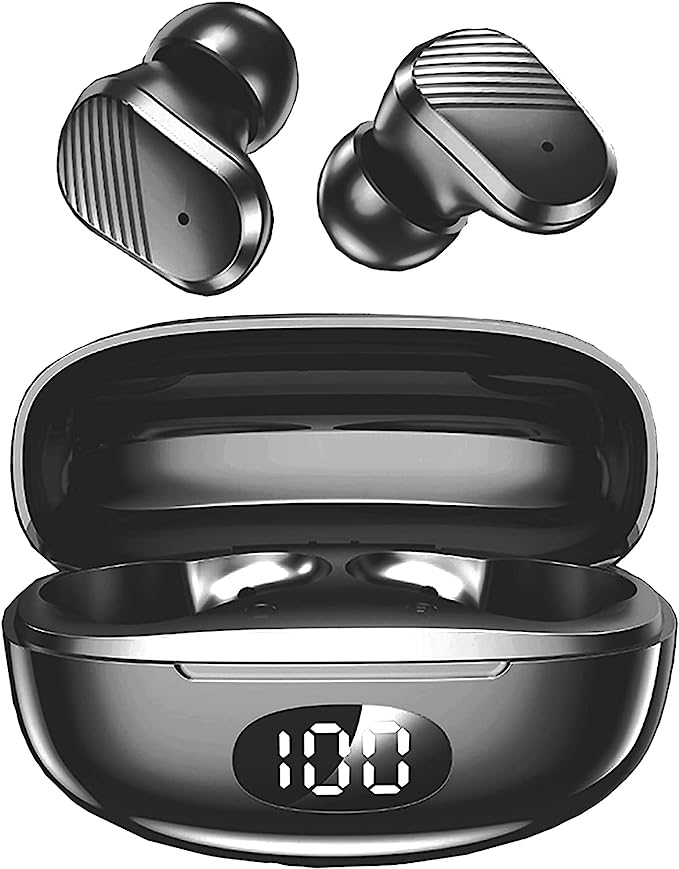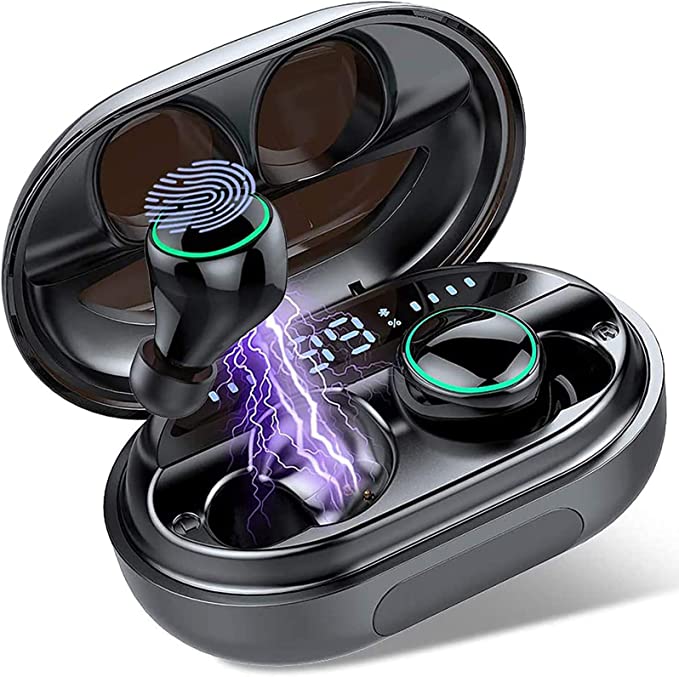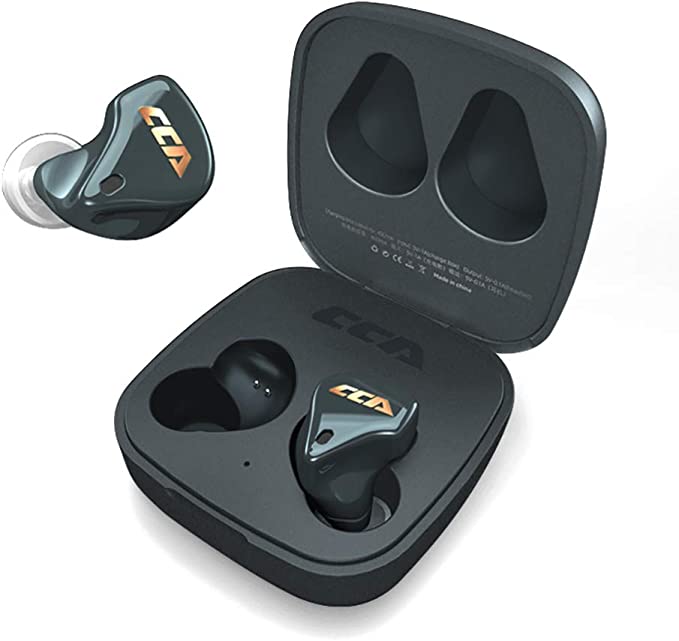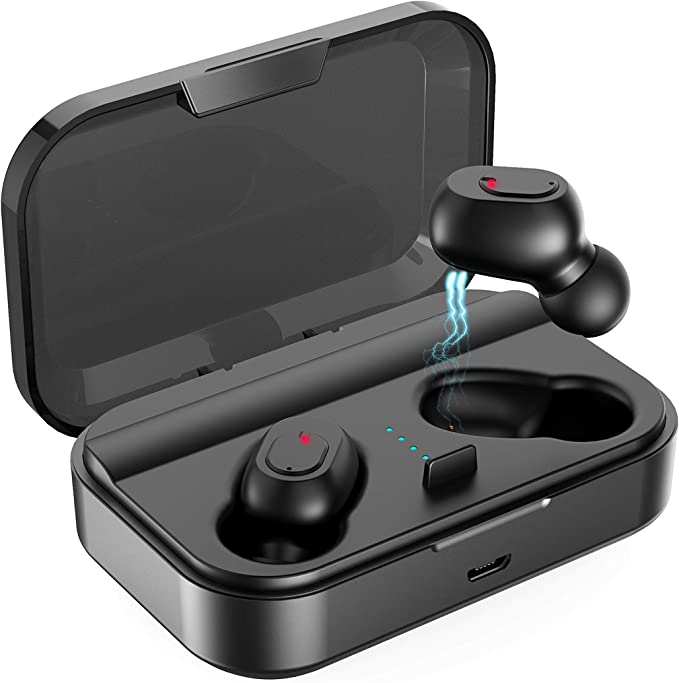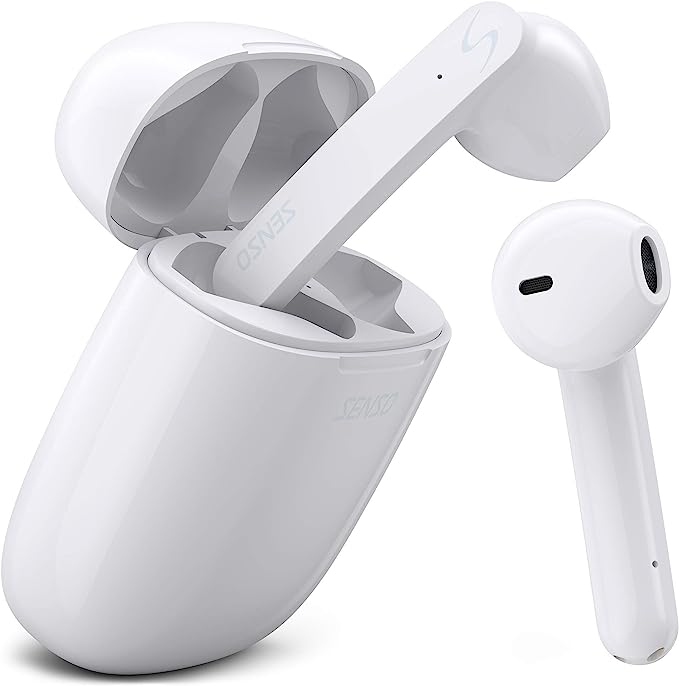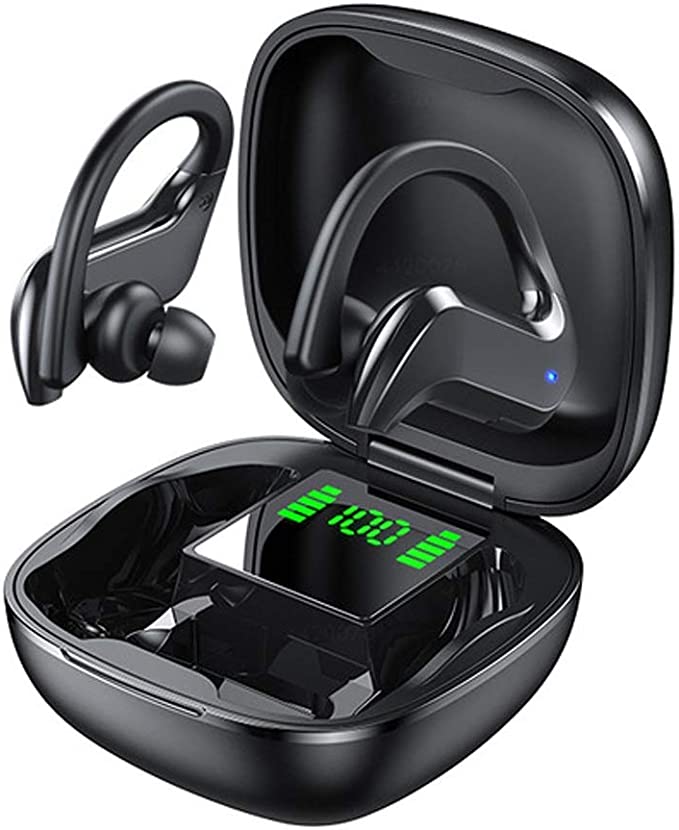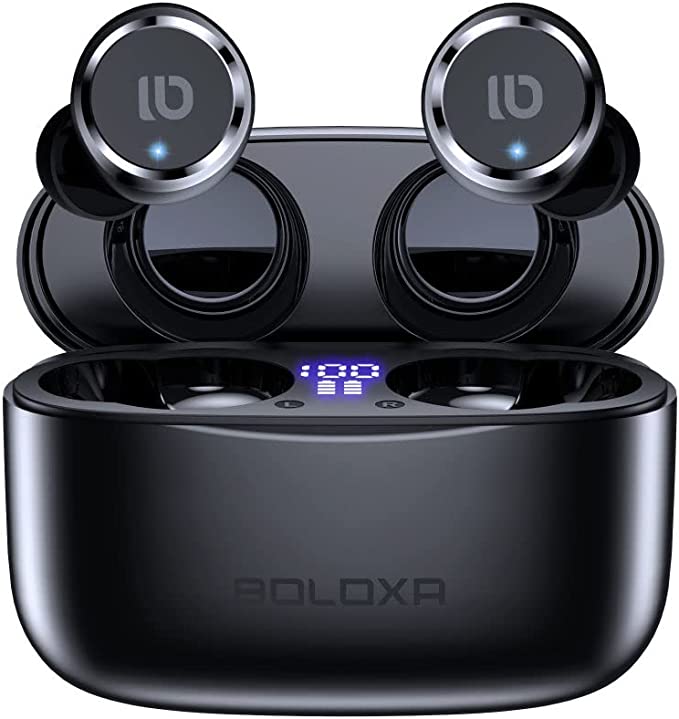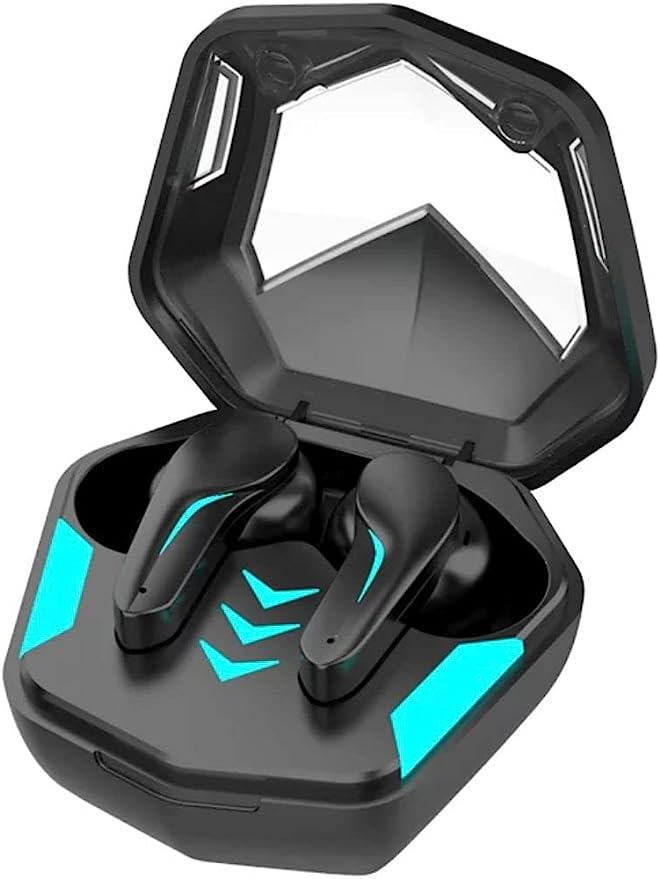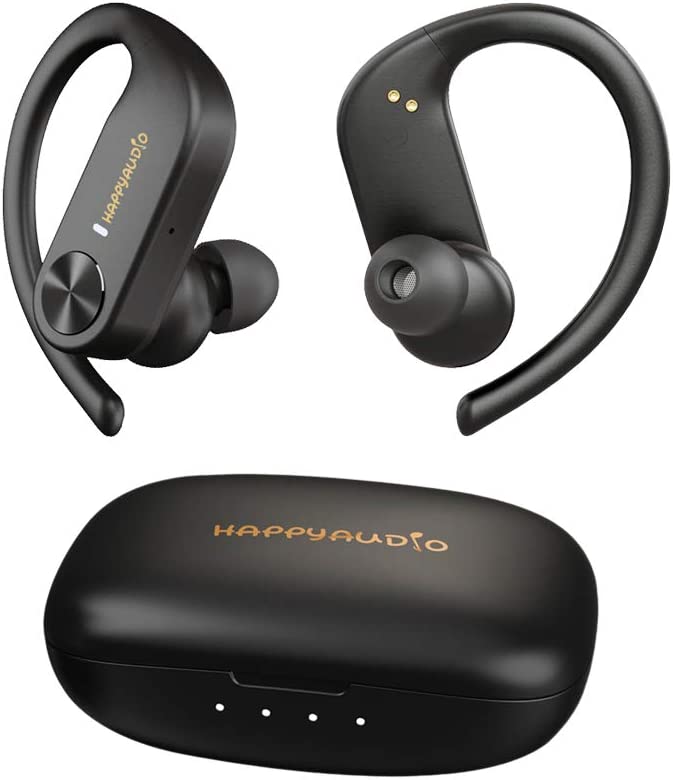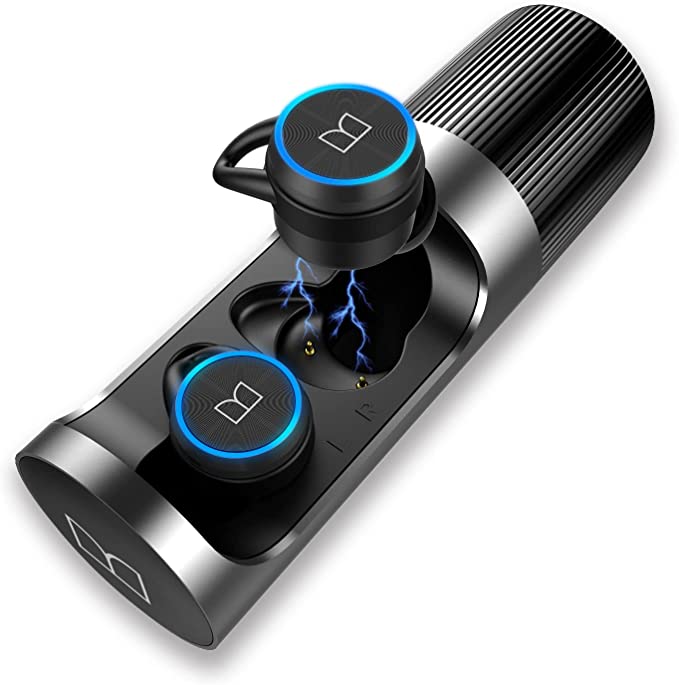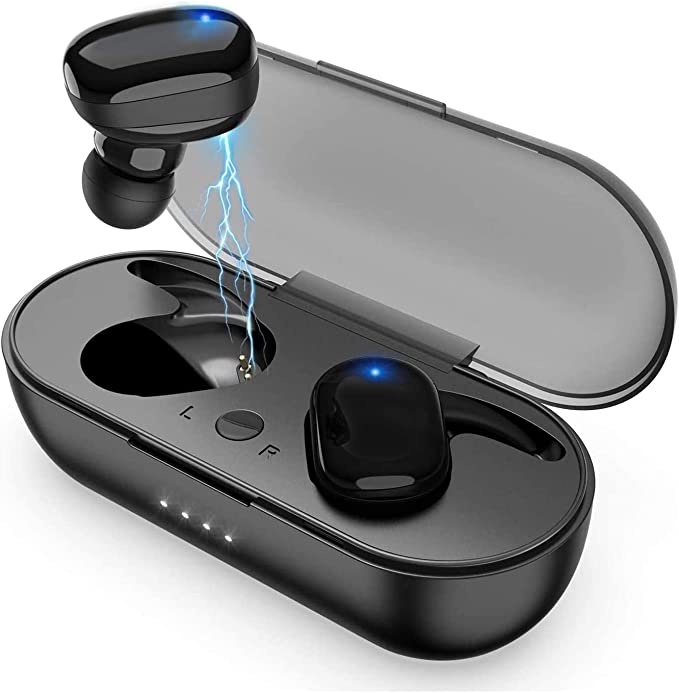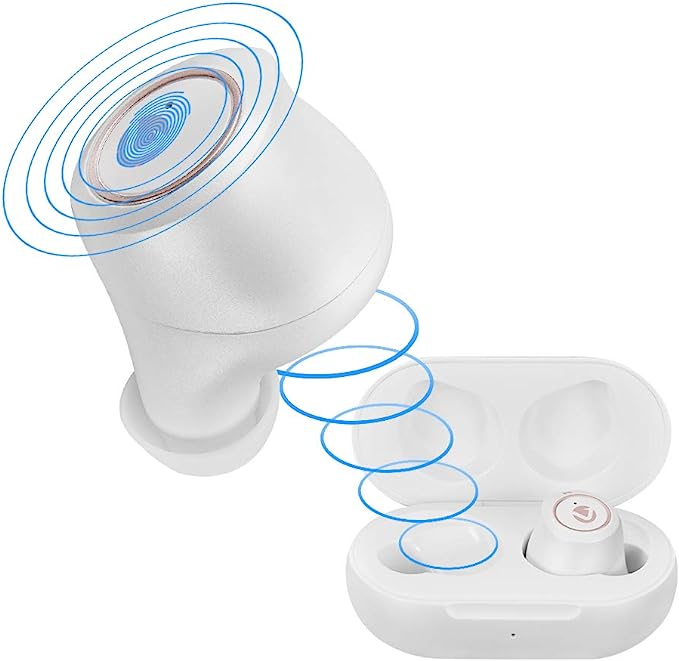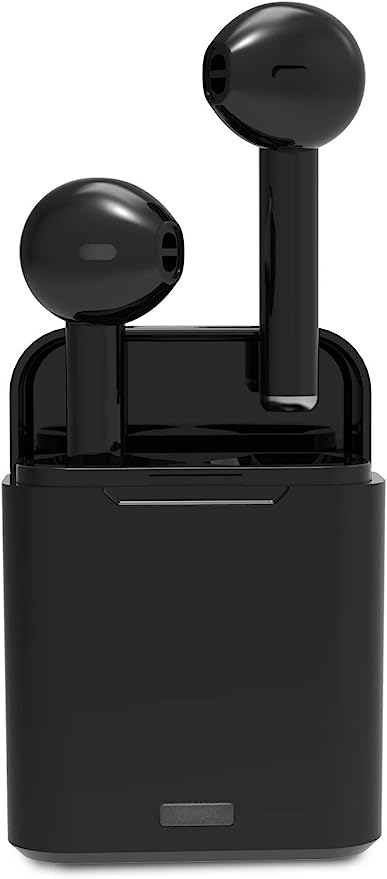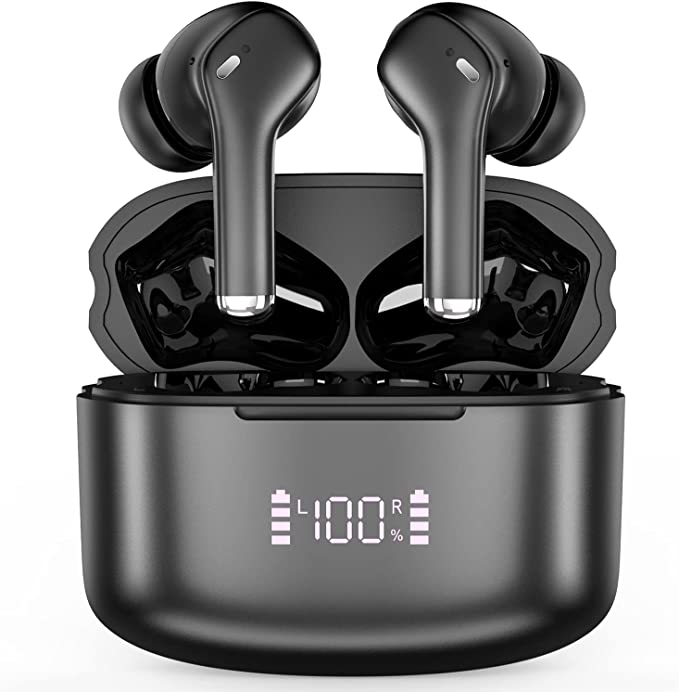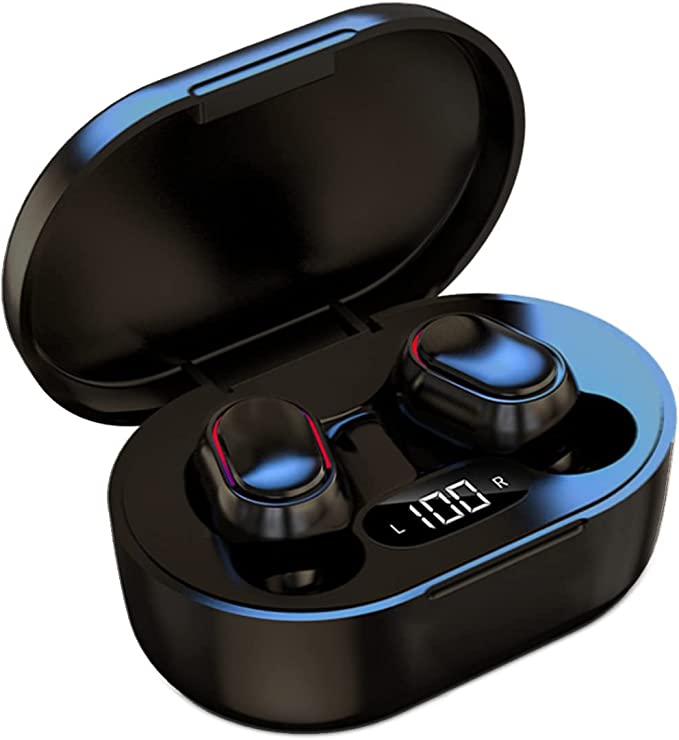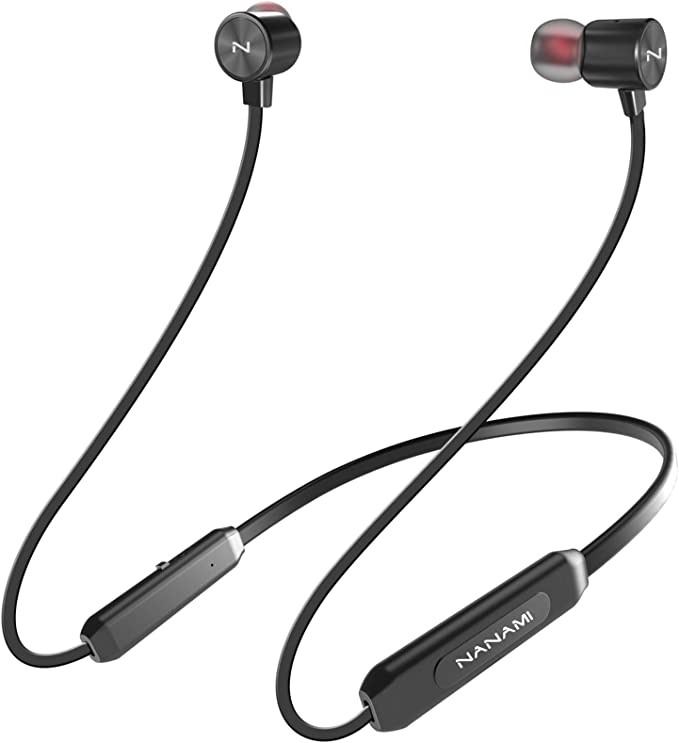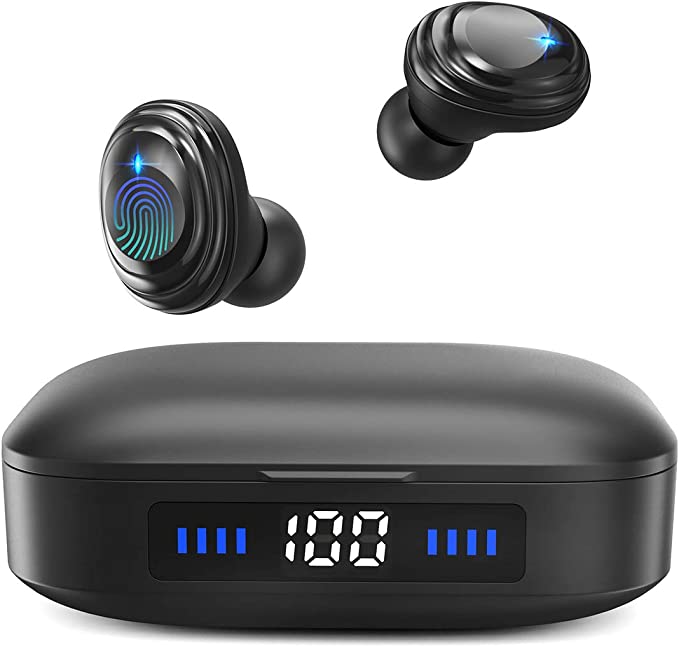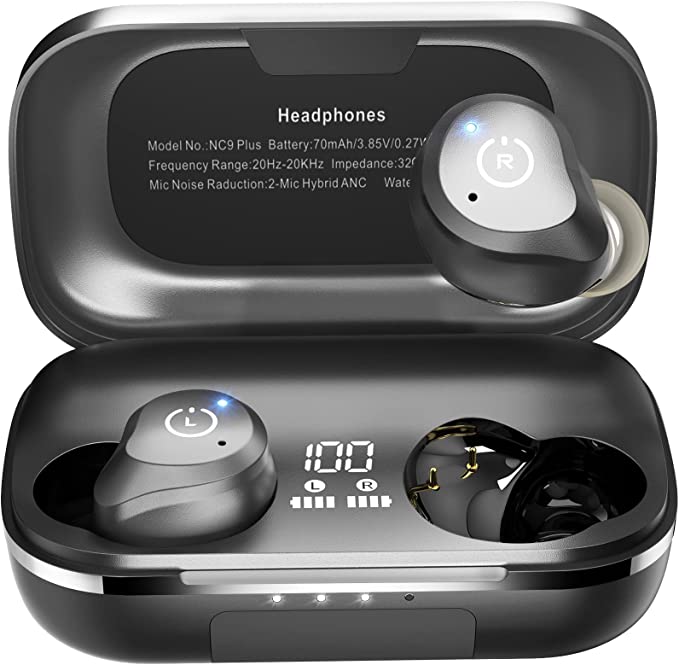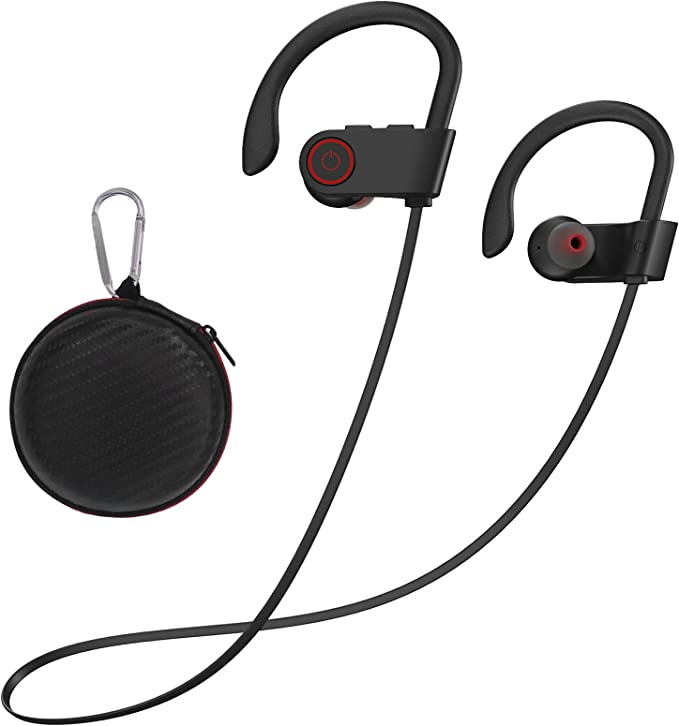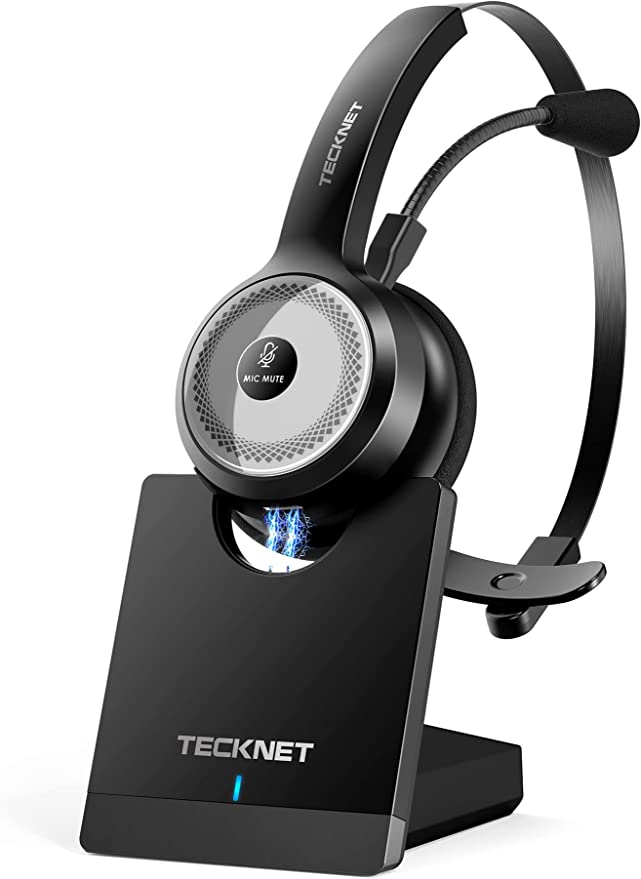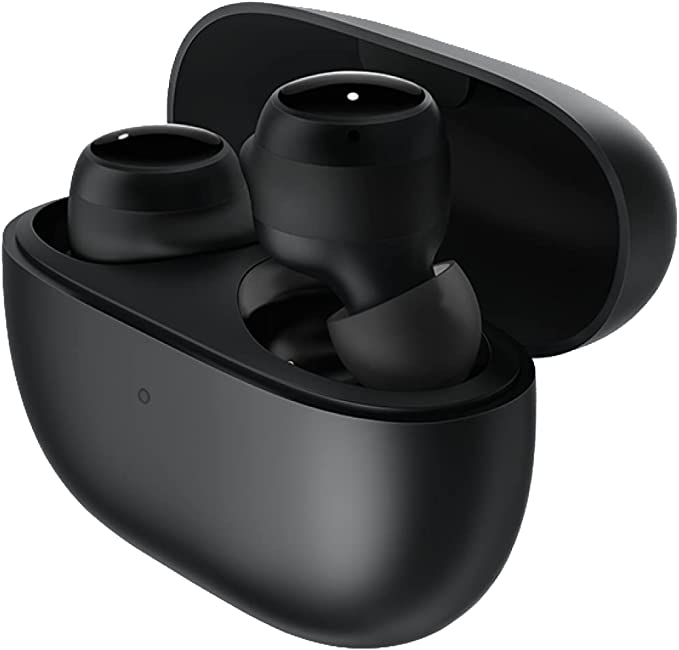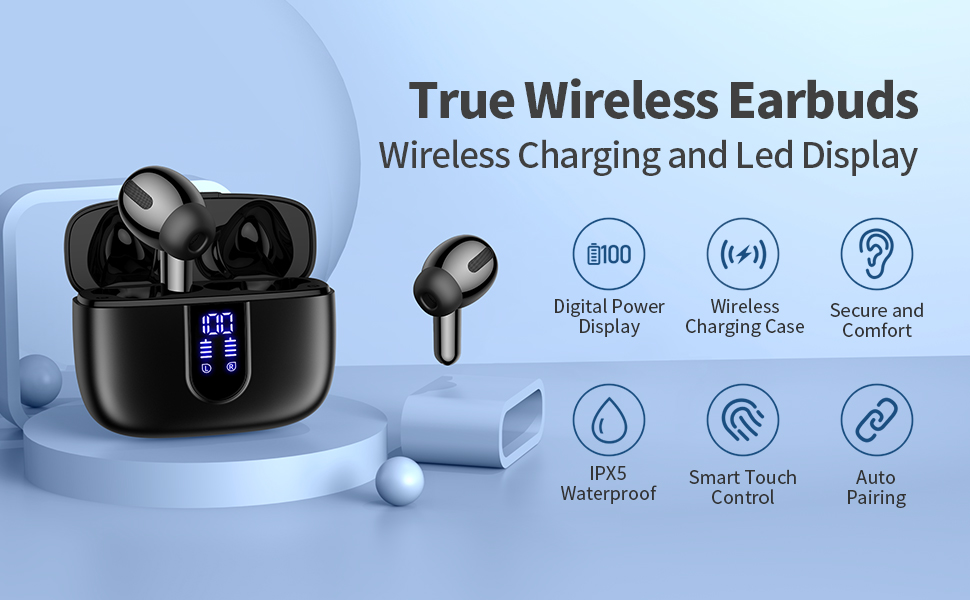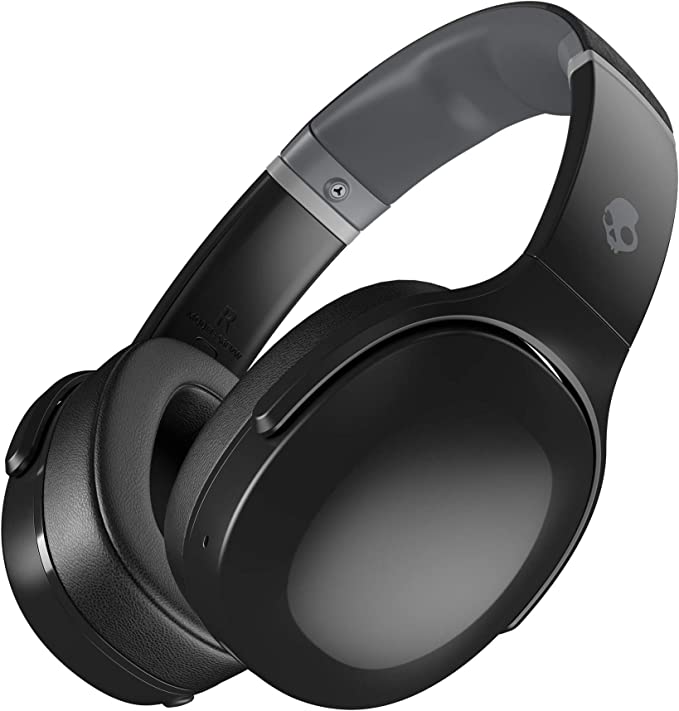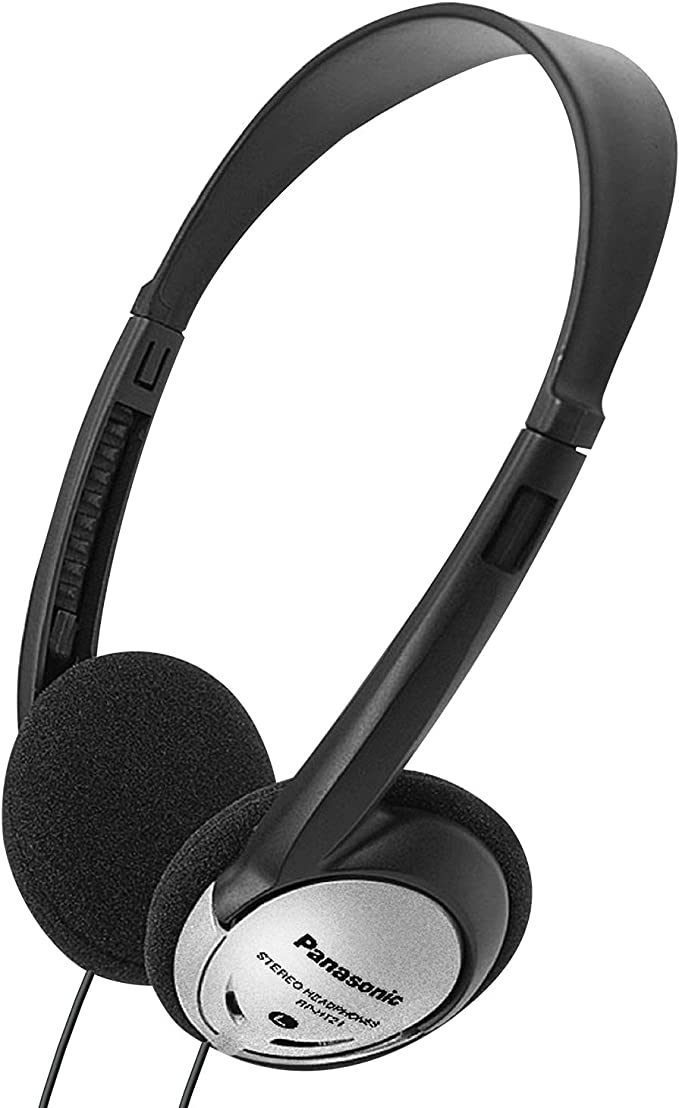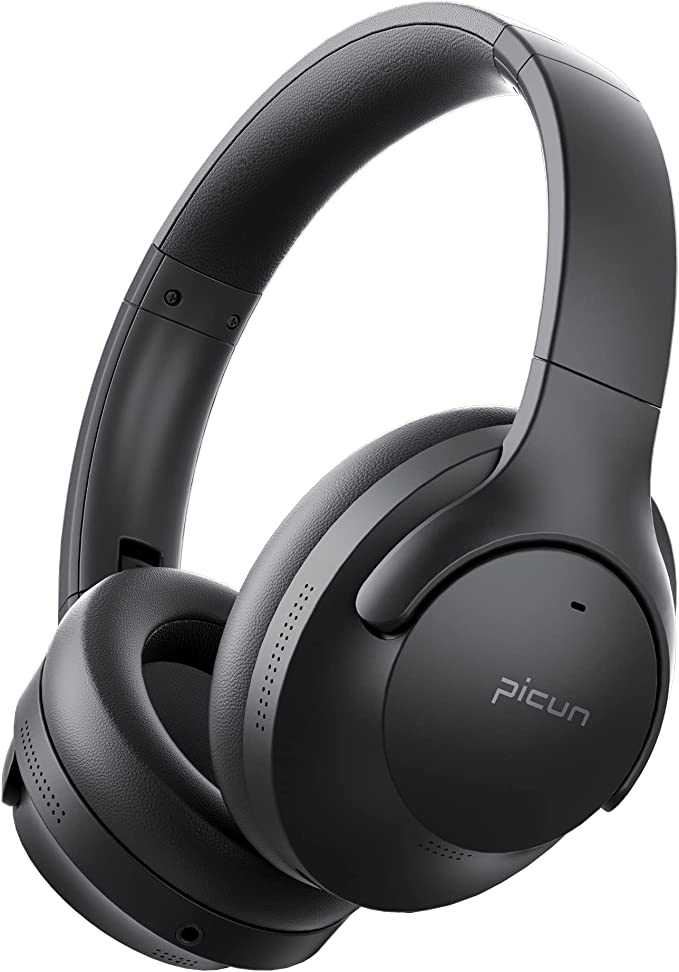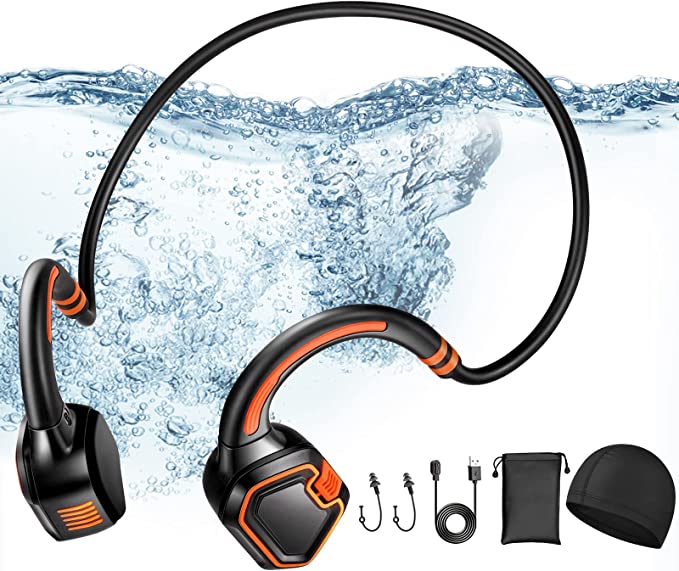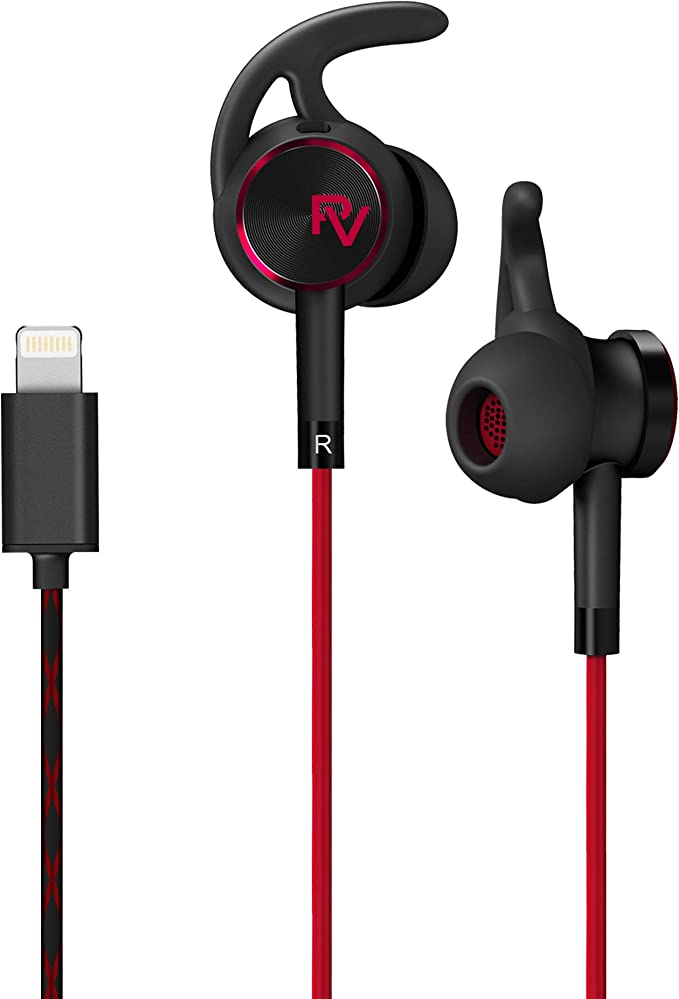SoundPEATS TrueFree2 Wireless Earbuds: The Budget Kings of True Wireless
Update on Aug. 25, 2025, 9:38 a.m.
It starts with a story that sounds like an urban legend. A user, after a long walk, unloads their laundry. Hours later, at the bottom of a soapy, water-filled washing machine, they find them: a pair of wireless earbuds. Rinsed off, dried, and placed back in their case, they light up. They still work perfectly.
This isn’t a testament to luck. It’s a testament to engineering. When a device like the SoundPEATS TrueFree2—costing little more than a few movie tickets—can survive a trial by water, it forces us to ask a fundamental question: how is this possible? How can so much resilience, functionality, and technology be packed into a package so small and, crucially, so affordable?
The answer lies not in revolutionary breakthroughs, but in a quiet symphony of “unseen heroes”—the brilliant, mature technologies and clever design principles that we now take for granted. To truly understand, we need to perform a virtual teardown, peeling back the layers to reveal the hidden science that powers the modern audio experience.

A Fortress For Your Ears
Before any sound can be produced, an earbud must first survive the world. Its first duty is to be a durable, comfortable extension of its user. This begins with its robust exterior, a miniature fortress built on principles of physics and biology.
The ability to survive a washing machine cycle stems from its IPX7 rating. This isn’t just a marketing term; it’s a specific standard (IEC 60529) signifying protection against immersion in up to one meter of static fresh water for thirty minutes. This resilience is achieved through a combination of tightly sealed seams, waterproof acoustic mesh, and likely a hydrophobic nano-coating on the internal circuitry that causes water to bead up and roll off. The real magic is that this tiny fortress must also allow sound to pass through, a delicate balance between sealing out the elements and letting in the music.
But durability is useless if the earbud won’t stay in your ear. Here, another hero emerges: ergonomics. The TrueFree2 employs soft silicone EarFins, a simple but brilliant application of mechanical physics. These fins tuck into the folds of the outer ear, creating multiple points of contact. This distributes pressure, increases friction, and provides a mechanical lock that resists the dislodging forces of a morning run or a vigorous workout.
This secure fit is also the foundation of the earbud’s most underrated audio feature: passive noise isolation. By creating an airtight seal in the ear canal, the earbud becomes a physical barrier, primarily blocking high-frequency environmental noise like office chatter or the hiss of traffic. From a psychoacoustic perspective, this seal is paramount. It creates a closed acoustic system that prevents the escape of low-frequency sound waves, allowing you to perceive deep, resonant bass without the need for artificial digital enhancement. The fortress not only protects the technology but also preserves the integrity of the sound.

The Invisible Tether
The next hero is one we interact with constantly but rarely consider: the wireless signal. The TrueFree2 utilizes Bluetooth 5.0, a technology that represents decades of refinement. Its most significant contribution to a device this small is its Low Energy (BLE) protocol. It allows the earbuds to maintain a constant, stable connection—a digital tether to your phone—while sipping power, a critical feature for extending the life of a minuscule internal battery. It’s a silent, efficient handshake, happening hundreds of times per second.
Yet, this is also where we encounter our first, and perhaps most honest, engineering compromise. Users often notice a slight delay, or latency, when watching videos. This isn’t a flaw in Bluetooth 5.0 itself, but in the language it’s speaking: the audio codec. To transmit complex audio data wirelessly, it must be compressed. The universal, license-free codec that all Bluetooth audio devices must support is the Subband Codec, or SBC. While it gets the job done, SBC is the technological equivalent of a workhorse—reliable, but not built for speed. Its compression and decompression process introduces a delay of around 170-270 milliseconds. While imperceptible for music, this gap is just long enough for our brains to detect a jarring mismatch between seeing lips move and hearing the words. This is a deliberate trade-off: choosing the universal SBC keeps the cost down and ensures compatibility with every phone, at the known expense of perfect audio-visual synchronization.

The Heart of the Music
At the absolute center of the earbud, inside its protective shell and powered by the wireless signal, lies its heart: the driver. This is the tiny engine—the transducer—that converts electrical pulses into the physical vibrations we perceive as music. The TrueFree2 uses a 6mm bio-compound diaphragm driver, a term that hints at the deep material science at play.
Imagine the driver’s diaphragm as the head of a microscopic drum. An electromagnetic coil causes it to vibrate with incredible speed and precision. The material of this diaphragm is everything. It must be feather-light to accurately reproduce delicate, high-frequency treble notes, yet immensely rigid to push air and create powerful bass notes without deforming.
This is where “bio-compound” becomes more than marketing. It refers to materials like bio-cellulose, a web of organic fibers with a remarkable stiffness-to-weight ratio. This natural-born resilience allows the diaphragm to vibrate as a single, piston-like unit, delivering a clean, punchy bass and a clear midrange. Its low mass allows it to respond instantly to changes in the musical signal—a quality audiophiles call good transient response—which is why you can distinguish the sharp pluck of a guitar string from the lingering decay of a cymbal crash. This tiny, biologically-inspired engine is the unsung hero responsible for the entire emotional character of the sound.
This driver, along with the rest of the electronics, is powered by a small lithium-ion battery. The “20-hour playtime” specification is a collaboration between the 4-5 hours the earbuds hold and the multiple recharges provided by the case. This system, however, also contains a sad, inevitable truth of modern electrochemistry. The battery is rated for a finite number of charge cycles—typically 300 to 500—before its ability to hold a charge significantly degrades. This is why a two-year-old earbud struggles to last a full workout. It’s not a defect, but a fundamental limitation of the battery chemistry that powers our portable lives, a quiet reminder of the planned obsolescence built into our most beloved gadgets.

The Symphony of Compromise
From its water-tight shell and ergonomic fins to its invisible Bluetooth tether and its bio-cellulose heart, the SoundPEATS TrueFree2 is a microcosm of modern technological achievement. It reveals that creating an affordable, feature-rich product is not about a single magical invention, but about orchestrating a symphony of mature, well-understood technologies.
It is a story of intelligent compromise: accepting the latency of SBC for universal compatibility, balancing the tactile feedback of a physical button against the comfort of pressing it into your ear, and leveraging a global supply chain that has made once-premium components like bio-cellulose drivers and Bluetooth 5.0 chips astonishingly accessible.

To appreciate this device is to appreciate the thousands of unseen heroes of science and engineering. It is to understand that behind every simple, everyday object lies a universe of complexity, a history of innovation, and a series of brilliant, deliberate choices. And in understanding this, we become more than just consumers; we become literate citizens of the technological world we inhabit.

